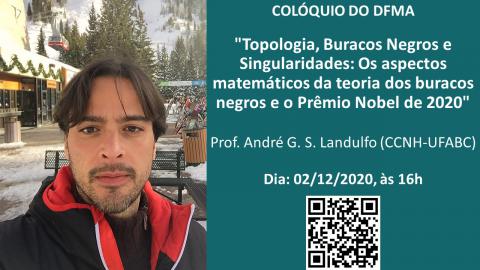Gravitational Wave Astronomy

Transmissão via Zoom e Youtube
Resumo: The recent observations of gravitational waves emitted by coalescences of binary compact objects like black holes and neutron stars marked the dawning of gravitational wave astronomy as a new science. Beyond the immediate and tremendous impact in Astrophysics and Cosmology, the consequences that the opening of this new observational window has on fundamental physics will be highlighted. In particular field theory methods, historically developed within the framework of quantum amplitude computations applied to particle physics, turned out to be useful to analytically model the dynamics of binary system, and they will be even more important to maximize the physics output of detections in the near future when more accurate observations of gravitational waves will be available.










